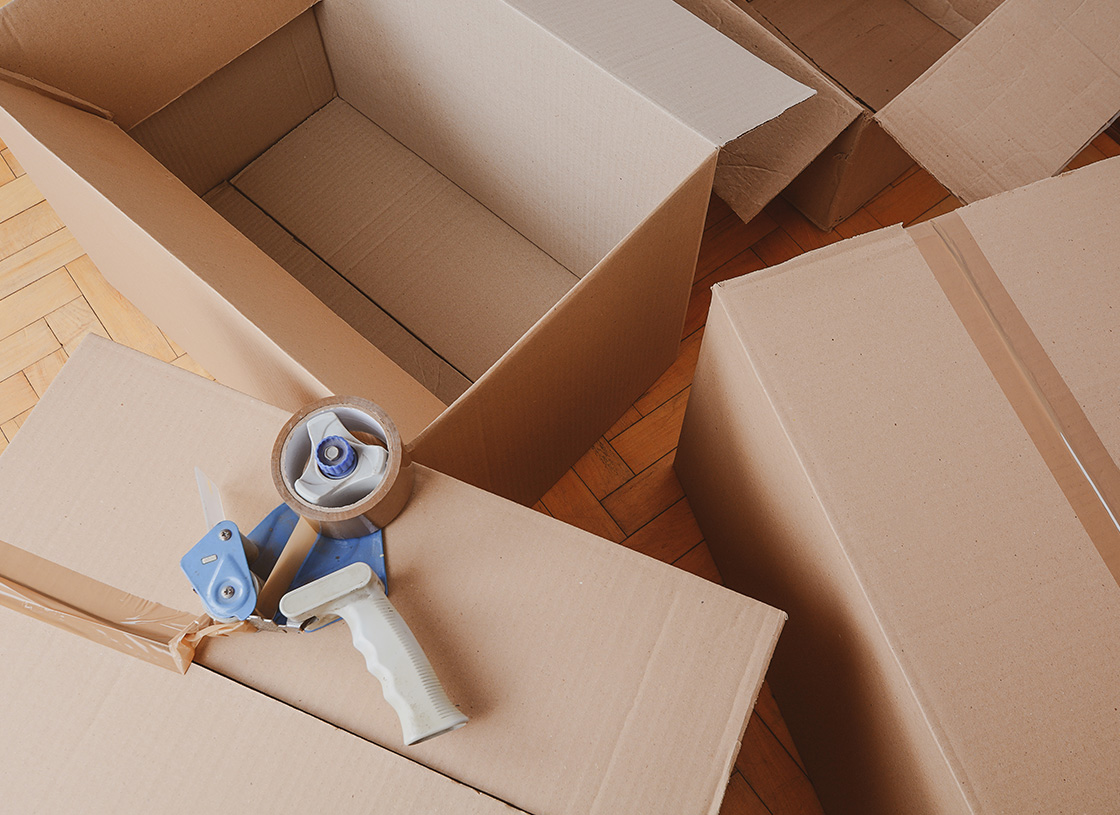Is America’s penchant for staying home creating jams in our traffic? The highways and byways are sure seeing lots of activity, and there’s no telling how much of it involves chips and salsa making its way to hungry patrons. DoorDash, a food delivery service, has said that Mexican food was the top cuisine of choice for 2019. And it’s joined by other names such as GrubHub, Uber Eats and Waitr in bringing people their take-out orders. Pizza delivery may still be a thing, but a lot of other food preparers have taken a seat at the table.
Of course, that doesn’t even begin to account for parcel deliveries – which are having an even bigger impact, thanks to online shoppers. Here, consumers are in the driver’s seat, so to speak. According to an analysis from Accenture, this evolution is giving the consumer a lot of power. They’re finding greater choice and seeking lower prices and more convenience, as retailers with more competition focus on meeting preferences.
Catalog shopping used to be about expanding choice, and online retailers do bring the world to your laptop. But they also bring the need for speed. Can you imagine ordering an item that takes a slow boat to your door? Would it seem odd to you to make a purchase you wouldn’t receive for a couple of weeks? Expectations are changing, and logistics and delivery insiders are evaluating how these changes will affect the design of cities, streets and buildings.
With Amazon in the lead, though plenty of other operations are in the mix, this focus is upending the usual way of doing business. What happens when all those delivery trucks are in transit? The infrastructure where everyone ran their own daily errands seemed fine, but then home deliveries took off. Trend-watchers are noting that warehouse space is tapped out as they ask, where are the vehicles going to park? Who wins the turf war between sidewalk pedestrians and delivery trucks unloading boxes?
Amazon’s logistical enterprise is serious business. They once relied primarily on partners such as FedEx, UPS and the U.S. Postal Service for two-day response time. But lately it’s been building its own logistical network, including cargo jets and trailer trucks. That’s a pretty serious evolution for a company that started out with the novel idea of selling books on the cheap.
Amazon hasn’t upended the marketplace in a vacuum but drew in others trying to keep up, and now new questions are being raised. Could drones one day be the answer? Last summer, the giant retailer announced that this possibility is in development.
“We’ve been hard at work building fully electric drones that can fly up to 15 miles and deliver packages under five pounds to customers in less than 30 minutes,” Amazon exec Jeff Wilke wrote in a blog. Understandably, safety is a primary consideration, whether the device is in transit or approaching a home. Computer-vision techniques will enable drones to recognize and avoid electric wiring or other obstructions as they descend into and out of a customer’s yard.
So, will drones one day drop off our chips and salsa? Stay tuned.

